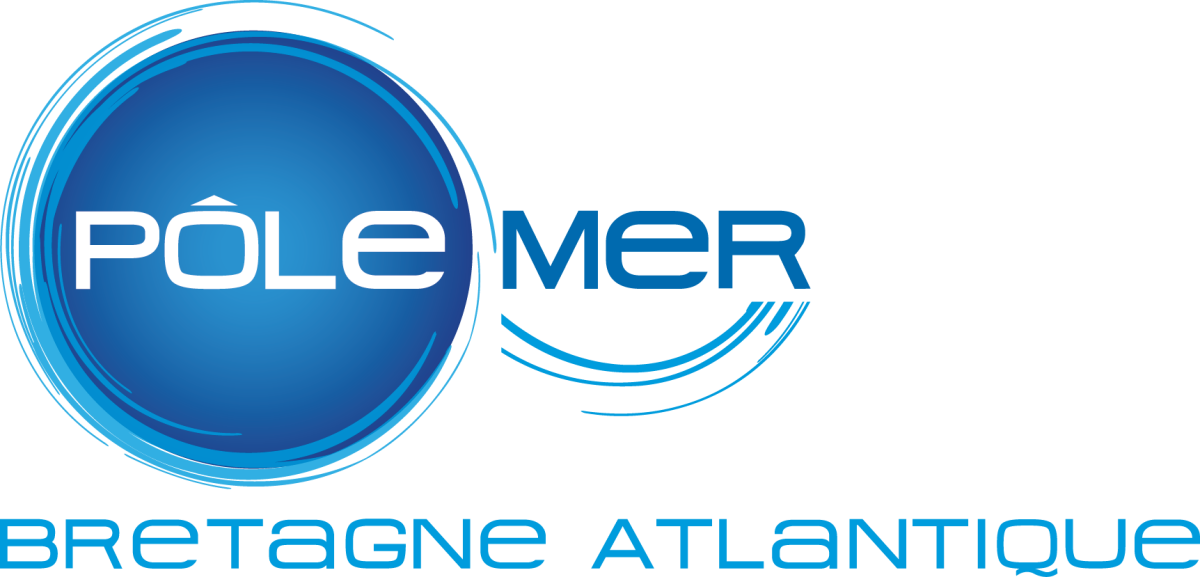
General framework of the activity
Economic development clusters were created in France in 2005 as a new way of responding to the increasing pressures of globalised competition. Their primary mission is to advance an alternative industrial policy. The clusters aim to enhance the capacity of companies to innovate, to stimulate growth and to increase employment in promising markets.
Essential lever
Economic development clusters facilitate the emergence of collaborative research and development projects and support the growth of their member companies, particularly by placing new products, services and processes resulting from research on the market. Their input ensures that the companies involved aspire to a privileged position on both domestic and international markets, stimulating growth and consolidating jobs.
One region, one theme
The primary criterion for a cluster to emerge is its ability to bring together large and small companies, research centres and laboratories and training and education establishments within a specific region and around a common theme. The Mer Bretagne Atlantique cluster is a classic example of this in practice. The clearly identified region in its case is the maritime area covered by Bretagne-Pays de la Loire.
Dynamic ecosystem
One of the keys to a cluster’s success is its strong regional roots. But it also has to rely on genuine synergy between those involved in research, education and business. It must source funding networks and be proactive in putting forward project bids. By enabling its member companies to secure prominent positions in their domestic and international markets, the cluster drives growth and employment.
Specific skills in the MRE field
Blue growth is now a reality with the development of Marine Renewable Energy. The PMBA plays a key role in the local stakeholders innovation in the maritime sector by supporting initiatives and pulling together their skills.
Products or services in MRE
The “Pole Mer Bretagne Atlantique” offers a full range of services from identifying projects early to market placement of products and services. The strength of this cluster is to support projects in all their dimensions: identifying innovations, networking skills, mobilizing resources and interventions outside the cluster through a network culture.
Projects in MRE
Some examples of MRE projects involving WEAMEC partners:
- ABIOP: The impact and scale of biofouling on MRE systems represent a major challenge for engineers in the design and maintenance phases. The aim of the ABIOP project is to provide reliable entry data required for the engineering design. Initially, the project will focus on synthesising in-depth current knowledge of the nature of biofouling along different French maritime coastlines, and on the means to characterise and monitor it.
- APPEAL: The main objective of the APPEAL project is to implement an approach that brings together natural sciences and human & social sciences to measure the effects of offshore floating wind farms (OFW) on the functioning of coastal socio-ecological systems.

